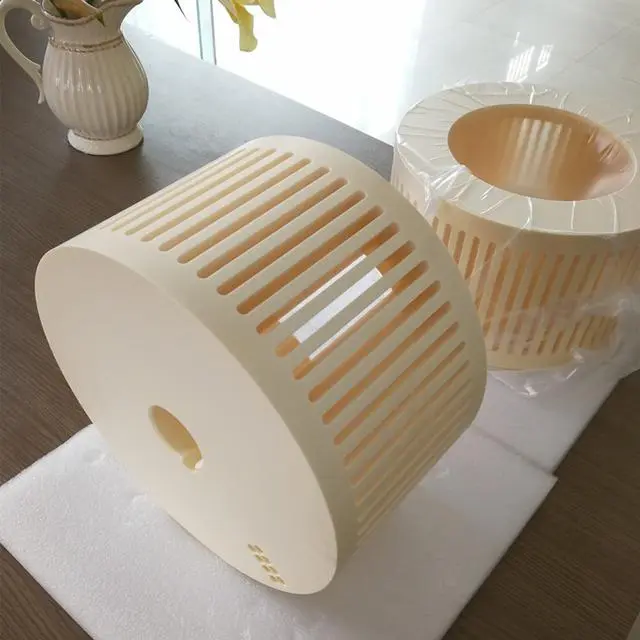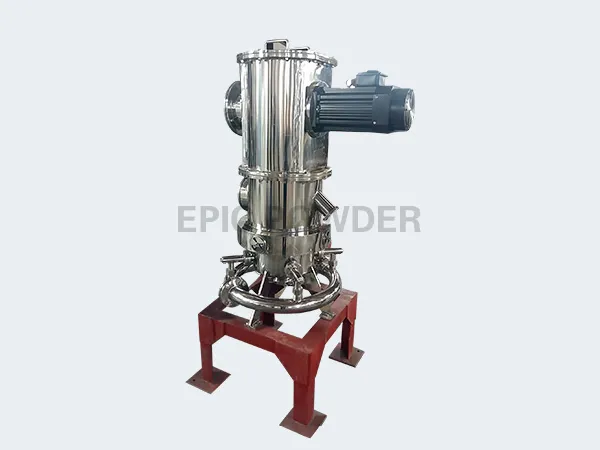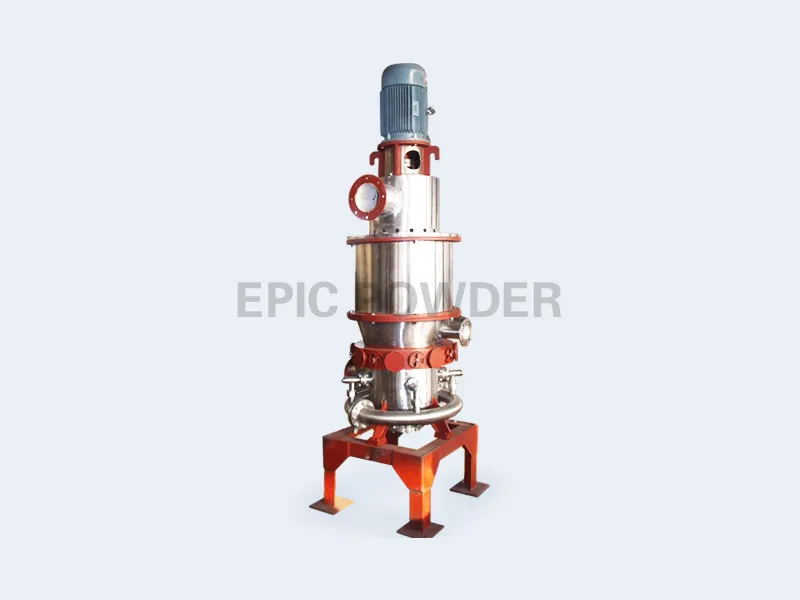A jet milling’s classification process is vital for reducing and separating particle sizes. This is crucial in industries like pharmaceuticals, food processing, and materials science. This process uses high-velocity air jets for fine grinding. It also classifies particles by size and density. Knowing how this process works can improve efficiency, product quality, and energy use.

Jet milling utilizes compressed air or gas to create high-velocity collisions between particles. This method reduces particle size without using mechanical grinding media, which can contaminate. Instead, the gas’s energy is used to fracture the particles into smaller sizes.
Key Components of Jet Mills
Milling Chamber: The jet mill’s core. High-speed gas jets hit particles here.
Nozzles: They direct the gas flow into the milling chamber. This affects particle collisions.
Classifiers: They are to separate particles by size. Only those within the desired range should exit the mill.
The Classification Process
Classification in jet milling is essential for achieving uniform particle size distribution. The process involves several key steps:
Particle Acceleration: As raw material enters the milling chamber, it is accelerated by high-pressure gas jets.
Particle Collision: The accelerated particles collide with each other and the chamber walls. This reduces their size.
Separation by Size: After milling, a classifier separates particles based on their size:
Finer Particles: These are allowed to exit through a central discharge port.
Larger Particles: These are recirculated back into the milling chamber for further processin
Two types of air jet milling with classifier
Classification Mechanisms
The classification process can be broken down into several mechanisms:
- Centrifugal Classification: In this method, a rotating classifier wheel creates centrifugal forces on the particles. Larger particles are thrown outward by greater centrifugal force. Smaller particles stay closer to the center and are carried away by the airflow.
- Gravity Classification: This occurs when particles fall through a fluidized bed or column where gravity acts on them. Heavier particles settle faster than lighter ones. This allows for effective separation by weight.
- Aerodynamic Classification: This method relies on differences in drag on particles as they move through the air. Smaller particles have lower inertia. The airflow can easily carry them away. But, larger ones cannot be carried away.
Jet milling uses a classification process to achieve target particle sizes and distributions. By knowing how jet mills and classifiers work, manufacturers can improve their processes. This will boost efficiency and product quality. As industries evolve, jet milling will remain vital. It produces fine powders for specific uses.


